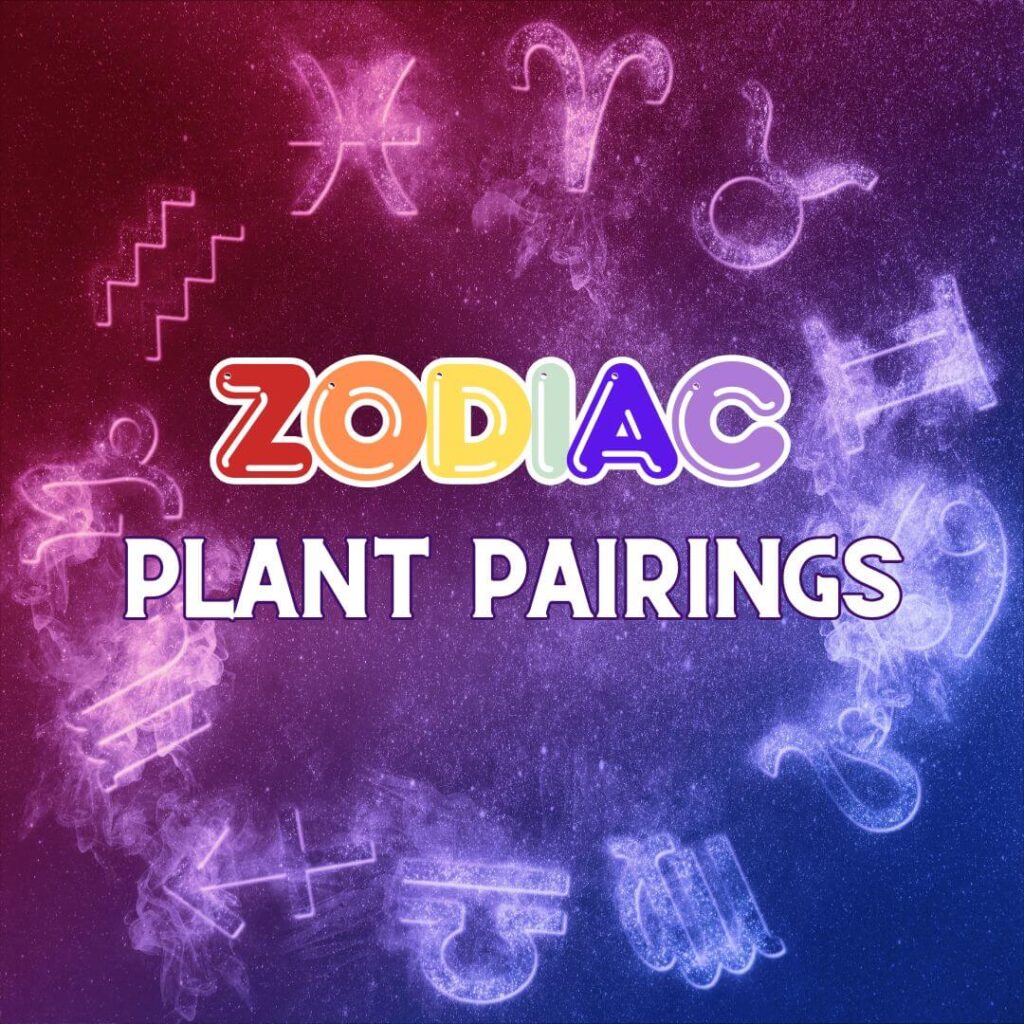We’ve all heard the many reasons that bees are the little ones we need to be looking out for these days. Taking steps to reduce the chemical use in your yard is paramount. Making sure they have the food they need is the next important step to take. The varying bloom times of flowering trees, shrubs, perennials and annuals offer bees what they love and need all season long. Follow this bloom guide to add the right plants to your garden to keep the bees buzzing and your view spectacular from the start of spring all the way through the fall. This BEE-UTIFUL seasonal planting guide will help you feed the garden buzz!
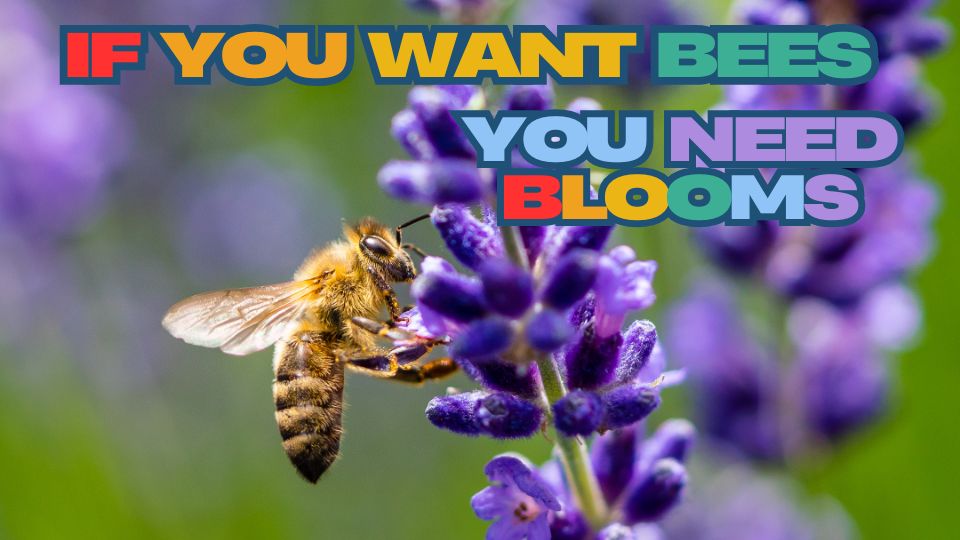
The first trees to wake up and quickly bloom each season are the crabapples (Malus), serviceberries (Amalanchier), and pears (Pyrus). The bees rely on these three trees for immediate pollen provisions upon coming out of their hives after a long winter. Bee-careful not to treat these flowering trees with any long lasting chemical that can harm bees.
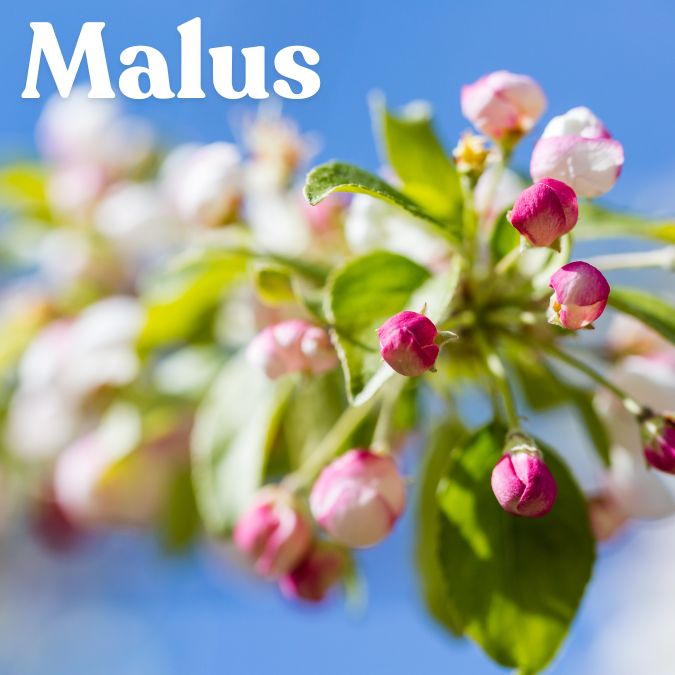
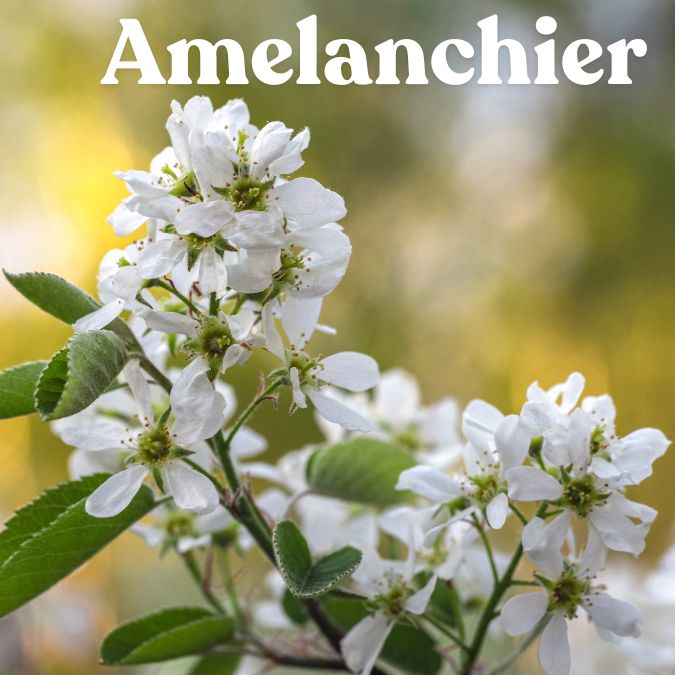
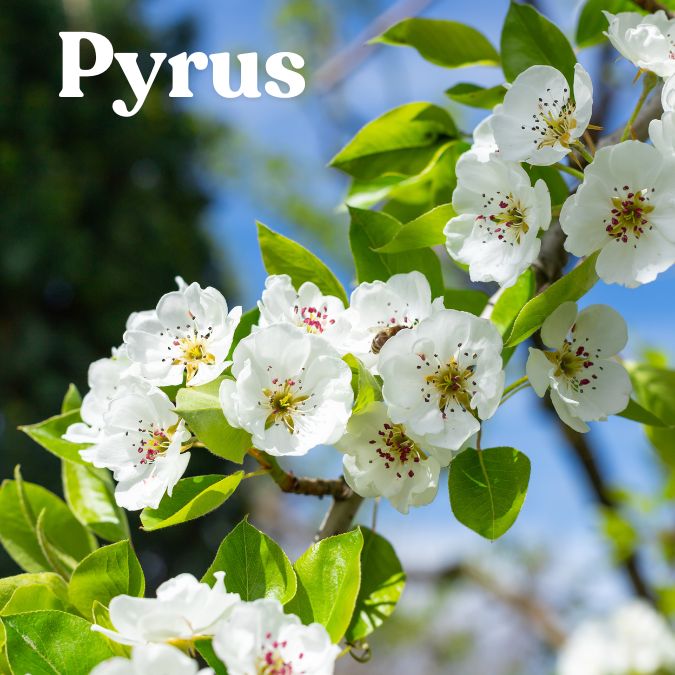
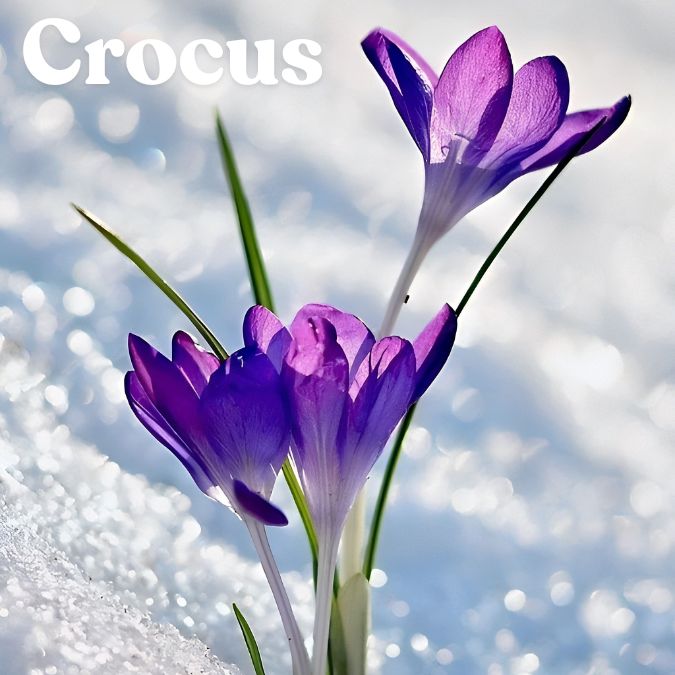
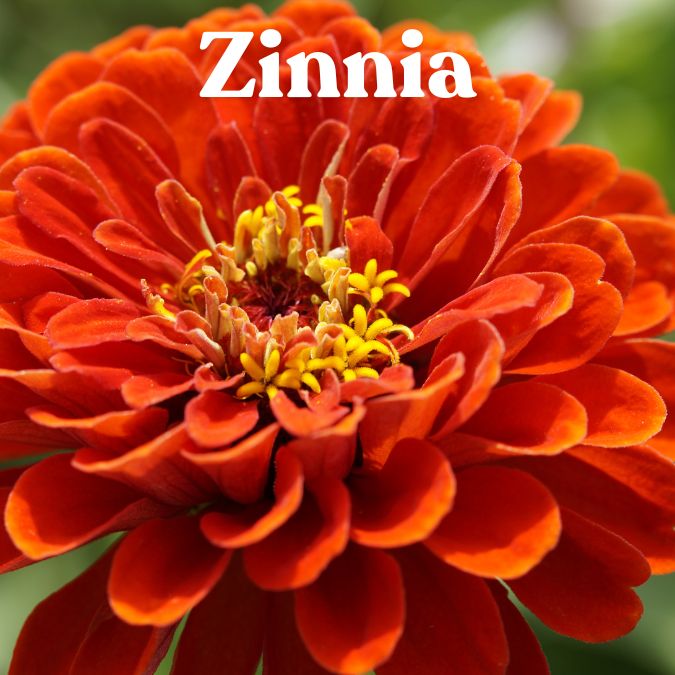
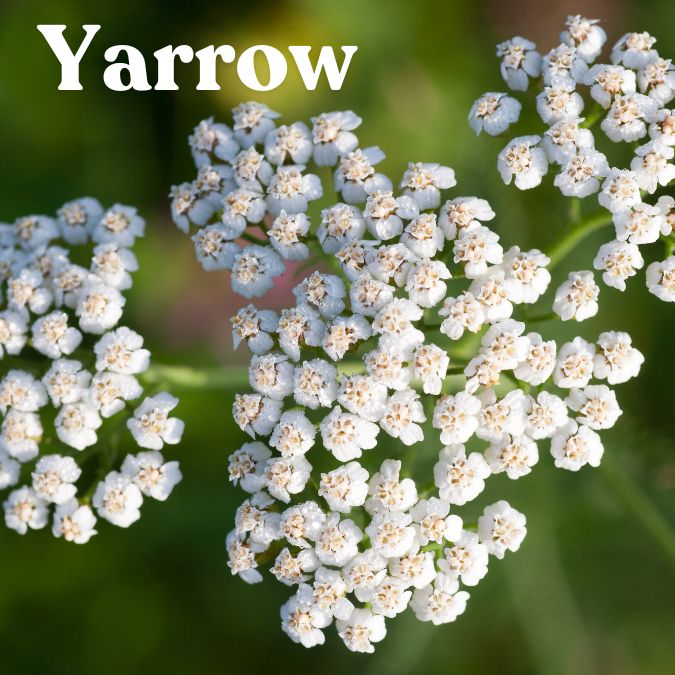
Once summer time rolls around there is an abundance of blooms for bees to choose from. There are some blooms they prefer over the rest though. Borage is one of them. Perhaps the striking color of that electric blue draws them in from a distance. Borage is a beautiful flower than can be seeded in a flower bed and once established will continue to reseed itself year after year for the bees to enjoy. The Canada red chokecherry or, Prunus virginiana is a great tree for our area. When fully mature they are a fantastic shade tree. Russian sage is a fantastic drought tolerant plant for the high desert. The trick to getting them to that stage however is making sure that they get watered in the early spring when they have not yet put out any leaves. New gardeners most often worry that their Perovskia (russian sage) has not made it through the winter because it does not break dormancy until we reach the warmer temperatures of summer. If you don’t water it because you think it has died it most likely will!
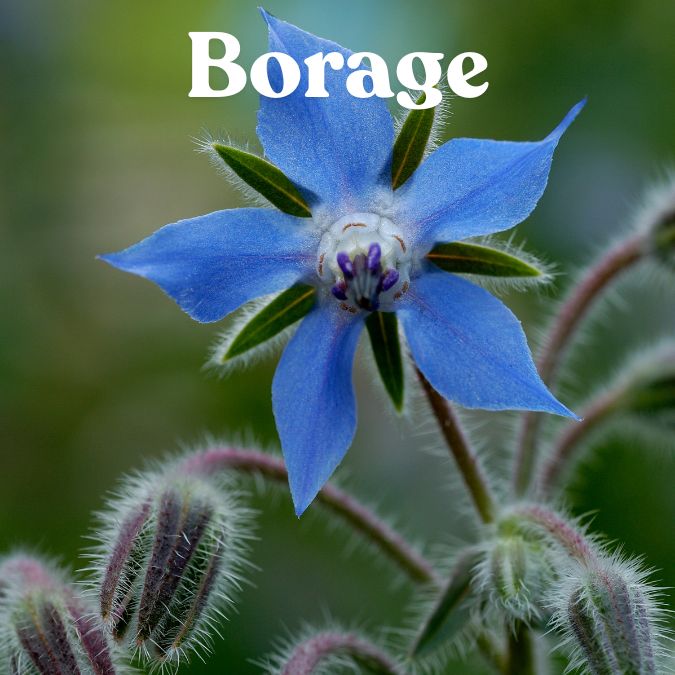
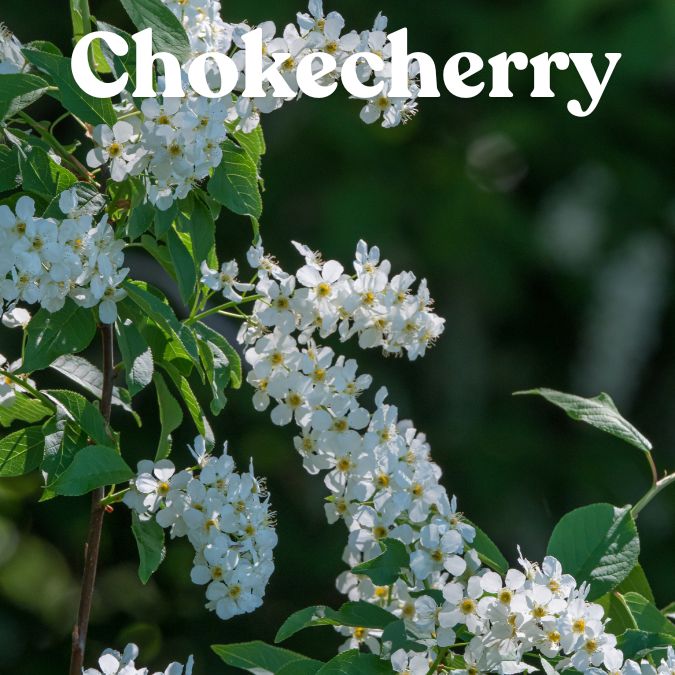
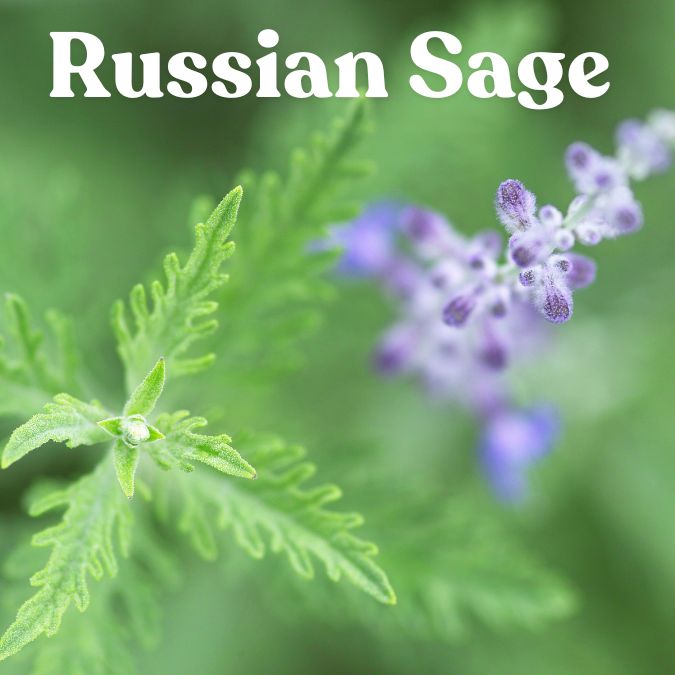
The fall is our last chance to get the bees fed before winter. Extending our garden’s bloom time is certainly beneficial to us as well. Making sure that you have a feature to enjoy in your garden from the beginning of spring through the tail end of fall gives us a good reason to be outside, enjoying the fresh air of our beautiful city of Bend. If you want blooms in the fall here are a few ideas that the bees approve. Echinacea or coneflower as many people say, is a wonderful perennial that is as tough as they come! They will feed the bees but thankfully for the most part not the deer! There is a rainbow of color options among the many varieties of Echinacea, all of which the bees seem to appreciate. Aster is by far the unsung hero of the fall garden. They feed bees and butterflies and once again, they reliably provide a pop of color when everything else has already faded away. Desert sweet, or fernbush as some may know it as is a nice native shrub here in Central Oregon that we love to carry. The desert sweet we carry is grown right here in Bend and Redmond in fact!
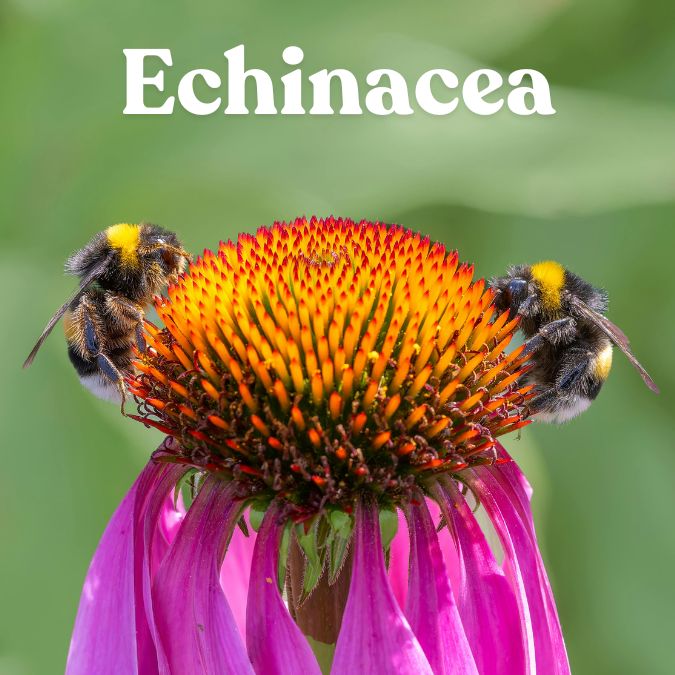
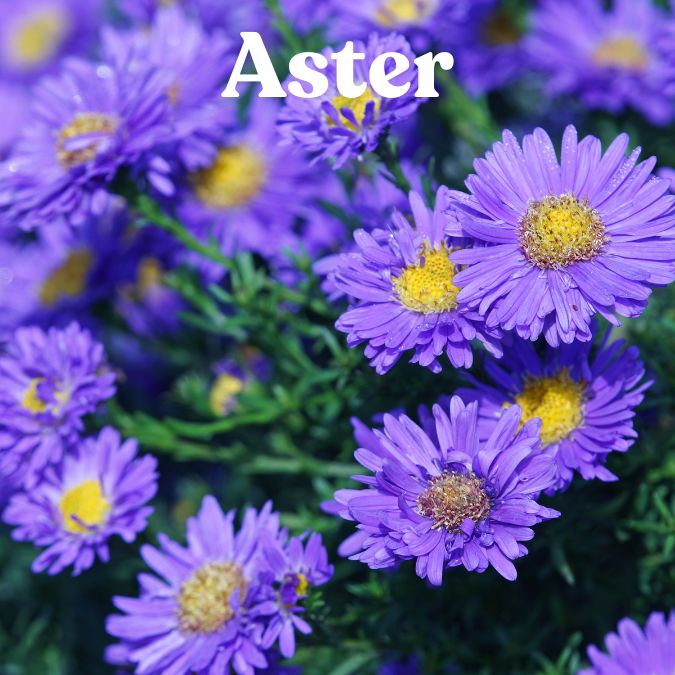
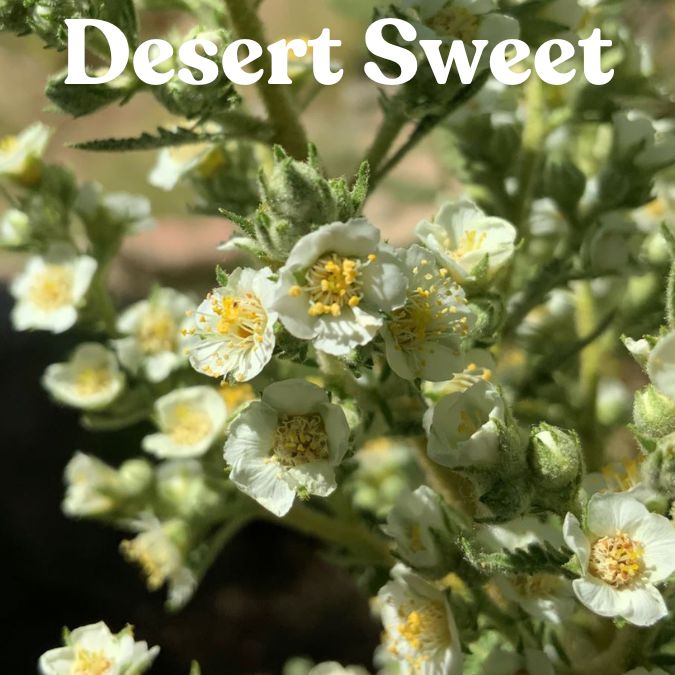
Follow this seasonal planting guide below for other great recommendations for flowering plants that will make your garden absolutely BEE-utiful all season long!


